荣巷书社 2023-02-21 16:00 发表于江苏
四家基地聚锡山
三区交流促发展
2月13日下午,锡山区侨联主席张燕军一行赴无锡市吴文化研究会参加“无锡市华侨文化交流基地”揭牌仪式,开发区党群工作部副部长、开发区侨联副主席张少华,中国华侨国际文化交流基地鸿山泰伯景区主任钱珍,无锡市华侨文化交流基地泰伯庙文化发展有限公司总经理邹旦礼,无锡市华侨文化交流基地荣巷书社负责人徐利,无锡市吴文化研究会会长吴仁山等出席揭牌仪式。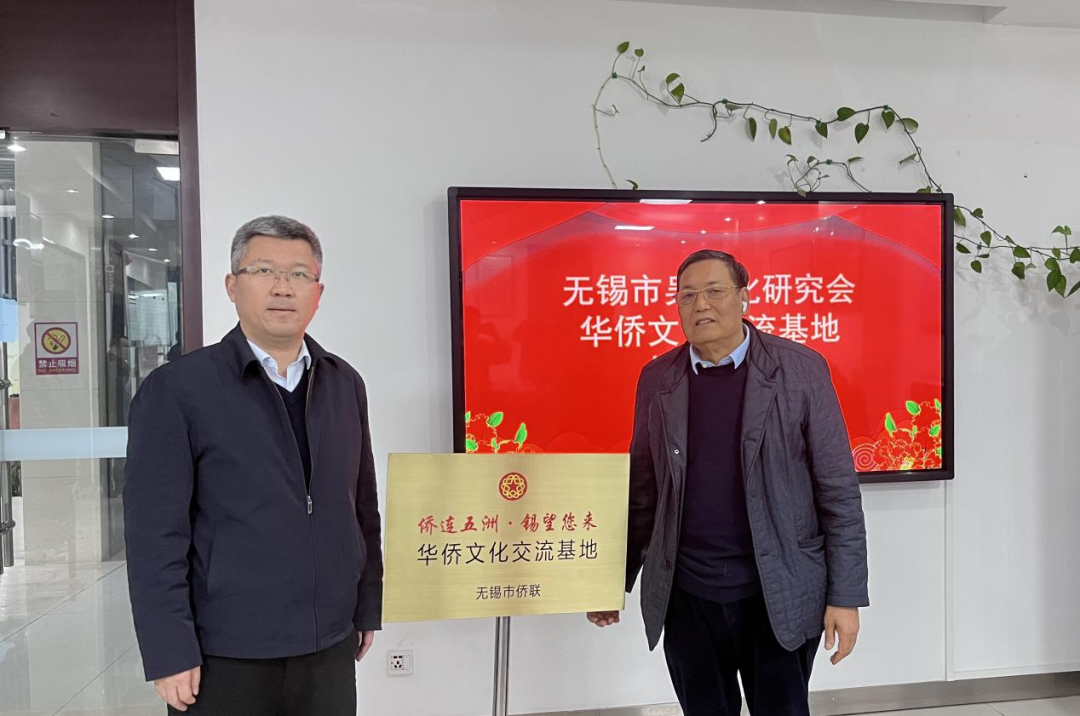
张燕军和吴仁山为“无锡市华侨文化交流基地”揭牌,开启了无锡市吴文化研究会对外文化交流新篇章。
在座谈会上,与会人员观看了由无锡市吴文化研究会出品的电视纪录片《大运河溯源—伯渎河》。纪录片讲述了周太王长子泰伯和弟弟仲雍“奔吴”后,定都梅里,建国“句吴”(音勾),泰伯将中原文明和土著文明完美融合,吴文化因此发祥,开创了650年吴国文明史。自泰伯立国后,经过历代经营,到春秋时期,泰伯之后吴王阖闾、夫差父子称霸一时。夫差是江南吴地开拓者泰伯第25世君主,公元前486年下令在邗地(现扬州一带)开凿邗沟,为大运河起源标志。
2019年7月23日,在江苏无锡召开的梅里遗址考古学术研讨成果新闻发布会上,证明了公元前486年之前,无锡梅里有泰伯带领当地土著开掘的运河-伯渎河。
梅里遗址位于泰伯庙前,在伯渎河两岸。根据考古调查勘察遗址有6万多平方米,在伯渎河两岸文化层呈对称分布。是商周到春秋时期的大型聚落遗址,追溯时间为2500年至3500年。时间跨度约1000年。通过早期土层埋藏迹线的古代河床壁考古分析,判定为人工河床遗迹。结合汉、宋、元、明、清代重要历史文献记载,证明了伯渎河为泰伯带领百姓开挖。是一条比大运河更早的人工运河。隋炀帝在无锡段的清名桥处,利用了夫差所开挖的清名桥到望亭河段,由无锡直通苏州(《江南通志》),伯渎河成了中国大运河江南运河的一条重要支流,成为与中国大运河密切相关的运河水工遗存。
3000多年前,人工开挖长87里,宽12丈,深达1丈的河道,其主要功能是灌溉排涝、军事防卫和交通运输。伯渎河是江南第一古国句吴国开挖的江南第一运河,是江南运河第一撬,为中国大运河第一撬。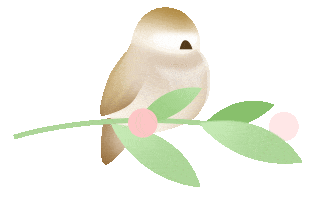
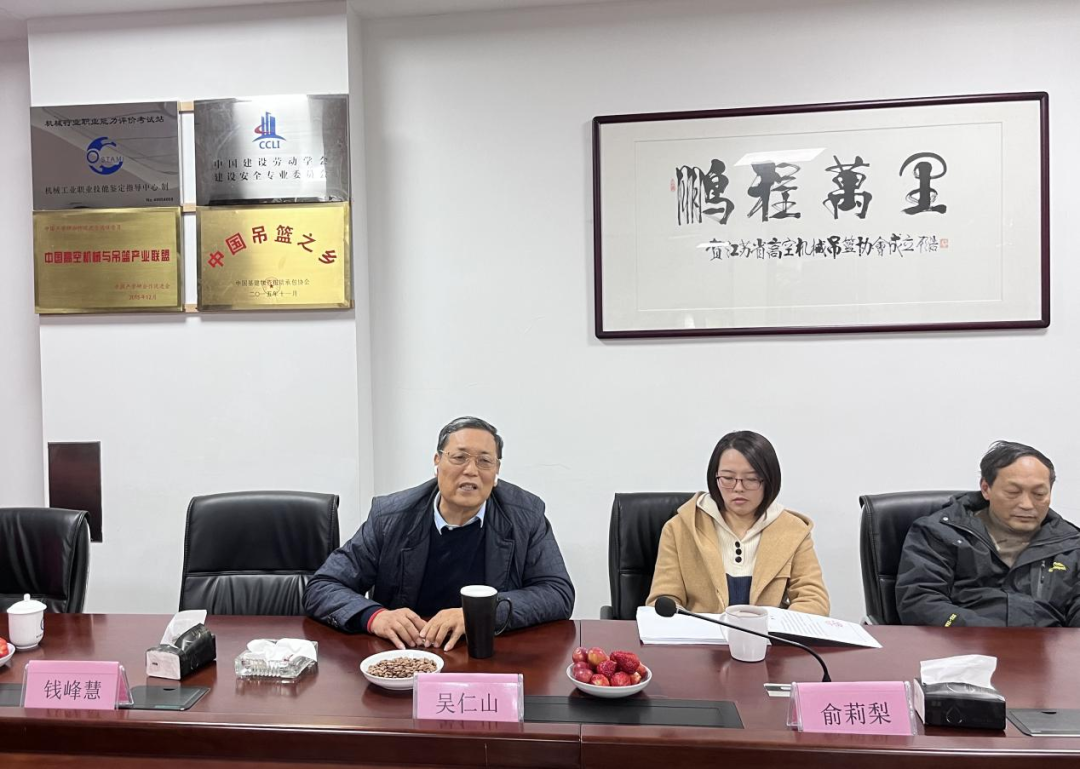
吴仁山表示,大运河溯源是将历史呈现给世人,是近年来吴文化研究的重要课题。吴文化研究会将以华侨文化交流基地揭牌为新起点,充分发挥好资源优势和平台作用,架起侨界联谊交流的桥梁,开展富有地域特色和侨文化特点的活动,吸引更多的海外侨胞、归侨侨眷、海外吴氏宗亲新生代走进无锡,走进吴地,以国际化视野宣传无锡、宣传锡山,为加强中外文化交流、讲好吴地故事奉献力量。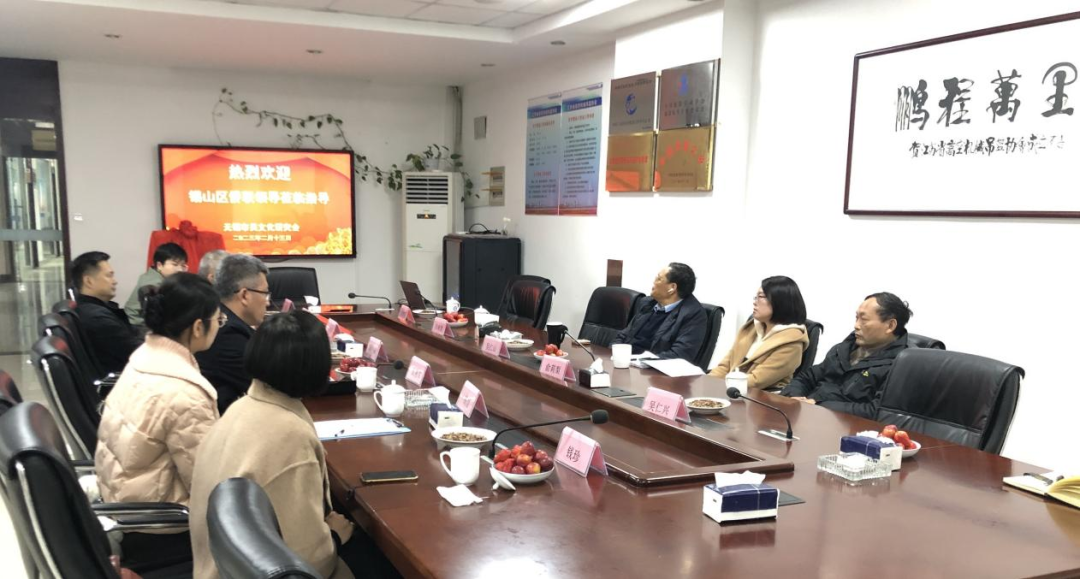
张燕军对新吴区泰伯庙、鸿山泰伯景区和滨湖区荣巷书社负责人来锡山传经送宝表示欢迎,对研究会长期以来为海外华裔新时代、归侨、侨眷、留学归国人员提供全面优质孵化服务并吸引多国吴文化研究人士关注无锡、来到锡山表示感谢。并充分肯定了吴文化研究会和华侨文化交流基地在整合资源优势、发挥阵地效应、汇聚侨心侨力侨智等方面作出的贡献。他表示,区侨联要认真学习江苏省委书记信长星在无锡调研荡口古镇的指示精神,要敬畏历史、敬畏文化、敬畏生态,守护好、传承好江南文脉。要贯彻落实区委、统战部关于文化强区的最新要求,真抓实干,努力开展好工作,帮助吴文化研究会宣传电视纪录片《大运河溯源—伯渎河》,共同打造吴文化研学路线,争取和苏州相城区对接,主动融入到“太湖湾区文化共同体”建设中去。
张燕军希望无锡市吴文化研究会以成为无锡市华侨文化交流基地为契机,利用好侨联组织平台,进行跨区、跨市、跨地域、跨国吴文化交流;进一步利用好吴氏宗亲资源,促进中外经济贸易、科学文化交流,推进民间外交。利用无锡市华侨文化交流基地和无锡市吴文化研究会综合优势,继续传承弘扬中华优秀文化、吴文化,讲好无锡故事、锡山故事,向世界展现可信、可爱、可敬的中国形象,加强海内外中华儿女大团结,助力无锡经济社会高质量发展。On the afternoon of February 13, Zhang Yanjun, chairman of the regional Overseas Chinese Federation, and his team went to “Wuxi Wu Culture Research Association” to participate in the opening ceremony of the “Wuxi Overseas Chinese Cultural Exchange Base”. Zhang Shaohua, vice minister of the Party and Mass Work Department, vice president of Overseas Chinese Federation of Development Zone; Qian Zhen, director of Hongshan Taibo Scenic Spot of Overseas Chinese International Cultural Exchange Base; Zou Danli, general manager of Taibomiao Cultural Development Co.,LTD. and Wuxi Overseas Chinese Cultural Exchange Base; Xu Li, director of Rongxiang Book House, Wuxi Overseas Chinese Cultural Exchange Base; Wu Renshan, president of Wuxi Wu Culture Research Association, all attended the opening ceremony.

Chairman Zhang Yanjun and president Wu Renshan unveiled the”Wuxi Overseas Chinese Cultural Exchange Base”, which started a new chapter in Intercultural Communication of Wuxi Wu Culture Research Association.
At the symposium, the participants watched the documentary “Tracing the Origin of the Grand Canal-Bodu River”, which was produced by Wuxi Wu Culture Research Association. The documentary tells the story of Tai Bo, the eldest son of Zhou taiwang, and Zhong Yong, the younger brother, who “fled to the State of Wu” and settled their capital in Meili, and established the kingdom”Gou Wu”. Taibo perfectly integrated the civilization of the Central Plains and the indigenous people, thus the Wu culture began, and created the 650-year history of Wu civilization. After Taibo established the country, through successive dynasties of management, in the Spring and Autumn Period, King Helu(after Taibo), and his son Fuchai dominated for a moment. Fuchai was the 25th emperor after Taibo, the pioneer of Wu land in southern China.In 486 BC, he ordered the digging of Hangou in Handi (now in Yangzhou area), which is the symbol of the origin of the Grand Canal.
On July 23,2019, it was proved that before 486 BC, there was a canal dug by Taibo and the local indigenous people in Meili, Wuxi–the Bodu River, at the press conference on the achievements of the archaeological academic research on the Meili site,which was held in Wuxi, Jiangsu.
The Meili site is located in front of the Taibo Temple,on both sides of the Bodu River. According to the archaeological survey, the site covers more than 60,000 square meters, and the cultural layers are symmetrically distributed on both sides of the Bodu River. It is a large-scale settlement site from the Shang and Zhou Dynasties to the Spring and Autumn Period, dating back to 2,500 to 3,500 years. The time span is about 1000 years. Through the archaeological analysis of the buried traces of the early soil layer of the ancient riverbed wall, it was determined to be the remains of an artificial riverbed. Combined with the important historical documents of the Han, Song, Yuan, Ming and Qing dynasties, it proves that the Bodu River was excavated by the people led by Taibo. It is an artificial canal earlier than the Grand Canal. Emperor Yang of the Sui Dynasty used the section(from Qingming Bridge to the Wangting River section)excavated by Fucha, and continued to dig from Wuxi to Suzhou (“Jiangnan Tongzhi”), Bodu River has become an important tributary of Jiangnan Canal of the Grand Canal of China, and has become the remains of canal water conservancy projects, which is closely related to the Grand Canal of China.
More than 3,000 years ago, a river channel 87 miles long, 12 feet wide, and 1 foot deep was excavated manually. Its main functions were irrigation and drainage, military defense and transportation. The Bodu River is the first canal in the south of the Yangtze River excavated by Wu State, the first ancient country in the south of the Yangtze River. It is the first excavation of the Jiangnan canal and the first excavation of the Grand Canal in China.
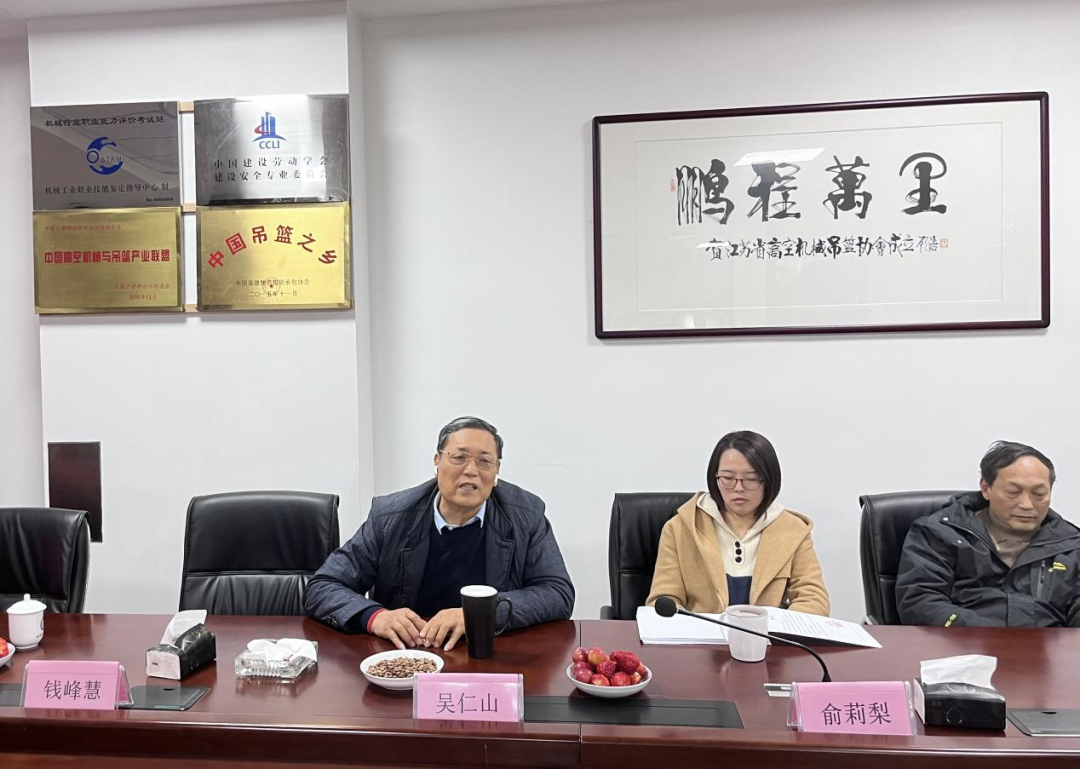
President Wu Renshan said that tracing the origin of the Grand Canal is to present the history to the world, and it is an important topic in the study of Wu culture in recent years. The Wu Culture Research Association will take the unveiling of the Overseas Chinese Cultural Exchange Base as a new starting point, make full use of its resource advantages and the role of platforms, build a bridge of friendship and exchange among overseas Chinese, and carry out activities with regional and cultural characteristics of overseas Chinese, attract more overseas Chinese, returned overseas Chinese and their relatives, the new generation of overseas Wu relatives to walk into Wuxi and Wu area, promote Wuxi and Xishan from an international perspective, and contribute to strengthening cultural exchanges between China and foreign countries and telling the story of Wu area.

Chairman Zhang Yanjun welcomed the heads of Taibo Temple and Hongshan Taibo Scenic Spot in Xinwu District, and Rongxiang Publishing House in Binhu District to Xishan to pass on their valuable experience. He expressed his appreciation to the association for providing comprehensive and high-quality incubation services for overseas Chinese, returned overseas Chinese, their families and those who have studied abroad and returned.He fully affirmed the contributions made by the Wu Culture Research Association and the Overseas Chinese Cultural Exchange Base in terms of integrating resource advantages, exerting the position effect, and bringing together overseas Chinese hearts, talents, and wisdom. He said that the Federation of Overseas Chinese in the district should earnestly study the spirit of instructions given by Xin Changxing, secretary of the Jiangsu Provincial Party Committee, when he investigated the ancient town of Dangkou in Wuxi, respect history, culture, and ecology, and protect and inherit the Jiangnan culture. It is necessary to implement the latest requirements of the district committees and the United Front Work Department on culturally strong districts, work hard, and try the best to help the Wu Culture Research Association to promote the documentary”Tracing the Origin of the Grand Canal-Bodu River”, and jointly create a research route for Wu culture, strive to connect with Suzhou Xiangcheng District, and actively integrate into the construction of “Taihu Bay District Cultural Community”.He hopes that the Wuxi Wu Culture Research Association will take the opportunity of becoming a cultural exchange base for overseas Chinese in Wuxi, make good use of the organization platform of the Federation of Returned Overseas Chinese, conduct Wu cultural exchanges of cross-district, cross-city, cross-region, and cross-border; further make good use of Wu’s clan resources to promote economic, trade, scientific and cultural exchanges with other countries and promote people-to-people diplomacy. By utilizing the comprehensive advantages of the Wuxi Overseas Chinese Cultural Exchange Base and the Wuxi Wu Culture Research Association, it will continue to inherit and carry forward the Chinese outstanding culture and Wu culture. And by telling the stories of Wuxi and Xishan well, it will present a credible, lovely and respectable image of China to the world, strengthen the great unity of Chinese people at home and abroad, and help Wuxi develop economy and society in high quality.
END
视频提供:无锡市吴文化研究会
撰稿:钱媛 吴建东
翻译:时欣欣
编辑:韦潇文
审核:徐利

